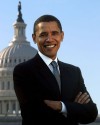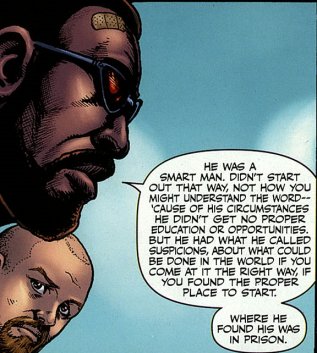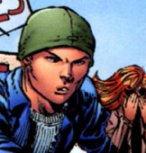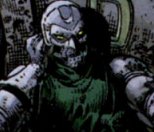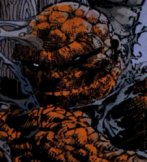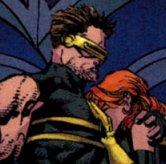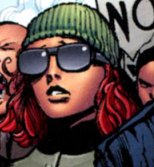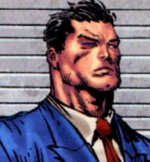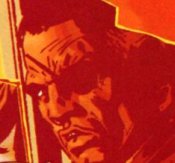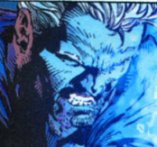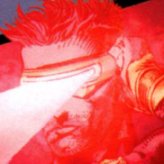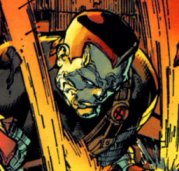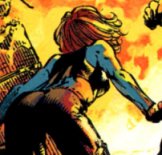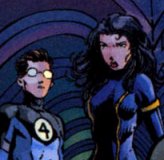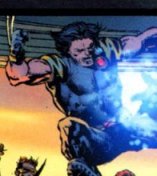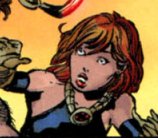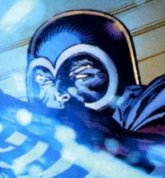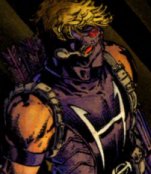I’ve been sick for the past two days, but I’m almost back in fighting action now. While I recuperate, you get to enjoy these links to a couple of good posts.
-Tim O’Neill on the X-Men and longevity:
The weird part is that Marvel as a company aren’t ready to acknowledge that the franchise has peaked – or even that, if it hasn’t peaked, it needs some time off before it can perform again. When the X-Men were the number one franchise in comics they built an incredibly powerful editorial apparatus around the books to guide and control the direction. The books were so important that nothing could be allowed to pass unexamined: every creative decision was micromanaged and second guessed, characters and creators were treated as interchangeable and at the same time jealously guarded. This worked to a point – in the early-to-mid-90s when the books were at their inarguable peak, the machine ran smoothly.
-The Eastern Edge has a great translation of Naoki Urasawa talking abotu making comics.
The trouble is, will I be able to produce a drawing of the ideal acting that I have in my head. It’s a matter of whether I’ve got the skill in my drawing hand or not. For example if I’m drawing Kanna, whether she’s crying, laughing, or just standing there, I’ve got her face in my head but sometimes when I try to draw that it turns out completely differently. I feel like, “Ah, stupid right hand!”
-Kate Dacey talks about one of my all-time favorite comics, Katsuhiro Otomo’s Akira. I love the sprawling and crazily detailed comic, and the movie even holds a special place for me, since it was almost definitely the first anime I saw.
The story itself has held up well. Its paranoid, don’t-trust-the-military vibe seems as resonant in 2009 as it did when the manga was first released in 1982, as does its message about the devastating consequences of WMDs. Watching China prepare for the Beijing Olympics in 2008 — leveling shanty towns, silencing protests — suggested parallels with AKIRA’s own Olympic subplot, both in the secrecy surrounding the facilities’ construction and in the Chinese government’s adamant denial of citizen opposition to the projects. Even Tetsuo and Kaneda’s brotherly drama, which was never one of AKIRA’s stronger points, seems better developed in the manga.
I kinda wish that Kodansha used Marvel’s color for the first few volumes, but c’est la vie!
Business as usual next week, hopefully including a post that’s four weeks in the making (four weeks late).



